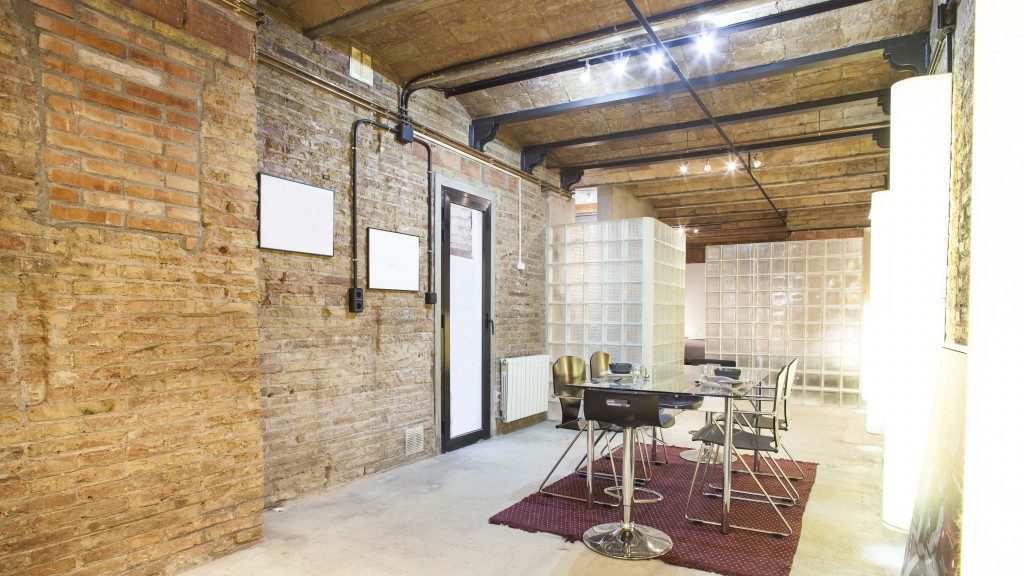Industrial style interiors are all the rage, and it is for a good reason. Their sleek lines and clean aesthetic is the perfect mix of modern efficiency and old-world charm. If you’re looking for inspiration for industrial style decor, here are five design essentials that you definitely shouldn’t miss:
Wood and Metal Mix
One of the things widely associated with industrial style is the harmonious use of metal and wood. In industrial buildings in New Zealand, steel stairs and lacquered planks of wood are paired to create the quintessential industrial look. Designers and builders make use of materials like steel pipes and grainy solid wood to add flair to properties.
Choosing wooden pieces for industrial interior projects can be tricky. You wouldn’t want to go for newer and plainer-looking materials. Industrial interiors do use a lot of plainness in colour, but the addition of wood to concrete and steel gives it the edgy flair that it’s famous for. If you have no access to wood that has a bit of character, don’t worry. There are ways to distress wood to give it a weathered look. It’s also helpful to scour thrift shops and flea markets for older furniture that might have serviceable boning that you could use.
Neutral Colours
Pops of colour, which are seen in many modern designs, are not widely used in industrial style designs. Some designers do use a splash of colour here and there, but neutral shades dominate this style. Keeping a neutral colour palette guides the general direction of an interior project since it dictates the materials to be used and the overall mood of the final design.
While neutral colours mean a milder and more monotone colour mood, this doesn’t mean that modern interiors are dull and lack character. In fact, the plainness of materials and paints are a great canvas for an unexpected pop of leather, distressed fabric, painted steel, or even a little bit of colour.
Open Concept Layout

High ceilings and the lack of dividing walls are the characteristics of industrial interiors. Loft spaces with half floors are considered one of the most modern looks as far as residential spaces go. They supply the necessary divisions that a living area requires while keeping the design open and fluid.
Designers often face the issue of not having enough space to create that industrial feel. Sometimes, knocking down walls is not an option, requiring a more creative approach. One way is not to clutter the room with too many furniture and accessories. Maintain many open, negative spaces on the walls and the floor. Those ten additional centimetres of aisle width can really help create a more open space.
“Warehouse” Accessories
Without accessories, industrial style buildings will only be hollow concrete monoliths. Accessories that exude the aesthetic of converted warehouses and industrial spaces include Edison light bulbs, touches of leather in drape straps and curtain seams, parts from recovered machines, and other industrial relics.
Overall, these five features of industrial interiors should help you create your own haven in whatever property you’re working on. Good luck!

